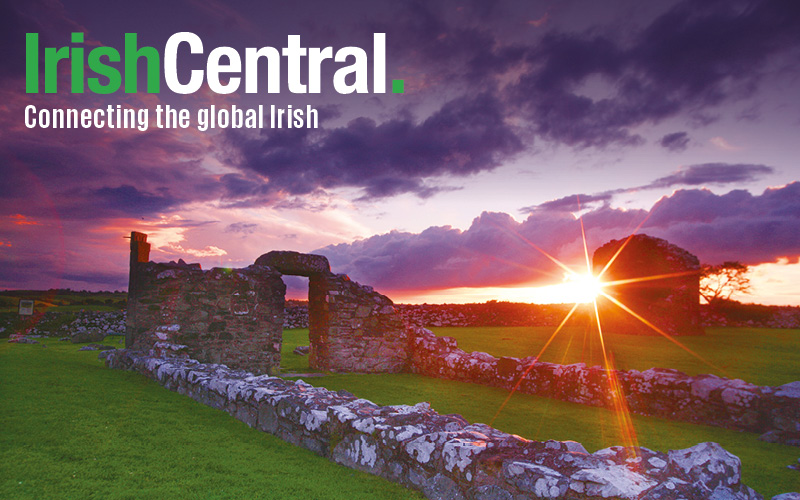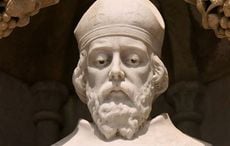A US economist named Paul Krugman made an awful mistake last week when he sneered at the latest Irish economic returns as being "leprechaun economics.”
At time of speaking Mr. Krugman from The New York Times betrayed the fact that he knows more about economics than about our clans and tribes of leprechauns. I bet he is suffering sorely since.
I bet his personal pot of gold is shrinking by the hour and minute. I would not be in his shoes for all the tea in China.
With all due modesty, I know more about leprechaunics than abut anybody else. I do not normally write anything about the noble species out of an amalgam of respect and fear.
I venture into the territory now only because of Krugman's sneering ignorance. I am also delighted to add to the knowledge of leprechaunery for any of you that way inclined.
Krugman is not the only one in the wider world who is ill-informed. Let us begin back in the era of the Famine and the coffin ships heading over to the New World with hope.
It is well documented already that a considerable number of our banshees emigrated along with the families (usually O's and Mac's) that they traditionally warned about impending deaths.
What has never been recorded, however, is the truth that hundreds of our leprechauns also emigrated on the coffin ships. The modern situation is that there are infinitely more working leprechauns in the United States today than here at home where they are now thin on the underground.
An amazing source named McGovern that I interviewed 20 years ago in the bowels of the Marble Arch Cave on the border told me that there are no less than 37 working
leprechauns in Boston, possibly around 26 in New York, 11 at least ( and one sleeper) in Chicago, seven in San Francisco and -- because they do not enjoy the blues --only two in New Orleans and, said McGovern, they are thinking of moving elsewhere any decade now.
Let me now dispel another misconception regarding our leprechauns. It was our former overlords the English who, in as reductive a fashion as Krugman, created the image of the puckish bearded little man in green with his pot of gold. That is not true at all.
Our leprechauns do not look like that. They are, in fact, invisible except when they chose to manifest themselves to humans (more on that later) and can then appear in any form they wish.
McGovern told me that the only leprechaun he ever visibly encountered on his way home from Blacklion came in the shape of a roan mare who walked the road beside him for a mile to ensure he got home safe. I believe that totally.
Most of the surviving corps of Irish leprechauns are now residing and working their arts in the provinces. They have abandoned Dublin entirely, but there are seven in Cork city and county, four in Kerry, two in Tipperary, the same number in Clare, five in Galway (which has just been chosen as the 2020 European City of Culture) and at least one in most of the other counties except Mayo and Cavan which they have abandoned too.
If you are on an Irish vacation and in any county except these two and Dublin I have one suggestion to make to those of you who are good at heart and soul. There is no guarantee of success but it is worth a try maybe on a fine day.
On your journeys through our striking scenery keep an eye out for the occasional lone large boulder of the type described as "erratics" by geologists. Typically these stand alone in green fields far from the nearest mountains. They are usually about 12 feet tall and covered with mosses and lichen.
Make your way over to one of them if that is feasible, place your right hand firmly on the rock, close your eyes in brief meditation, and wish for something which has no connection with gold for somebody you know. Maybe better health for your mother or father, something unselfish like that. Keep your contact with the rock for about two minutes at least and then open your eyes and move away.
If you keep your eyes open wide on your way back to the roadway you may see something that will stop you in your tracks. It will not be a puckish little man in green I assure ye. But it is likely to be the most cocky and cute of our native birds -- a robin redbreast.
You may notice he will show no fear of you and will venture closer to you than any other wild bird, his little eyes bright, his head on one side. Beautiful and somehow spiritual too.
If that happens to you, and I hope it does for some, then you can believe you have made a soulful connection worth a lot more in genuine value than Paul Krugman's rapidly diminishing pot of gold. Good luck!




Comments